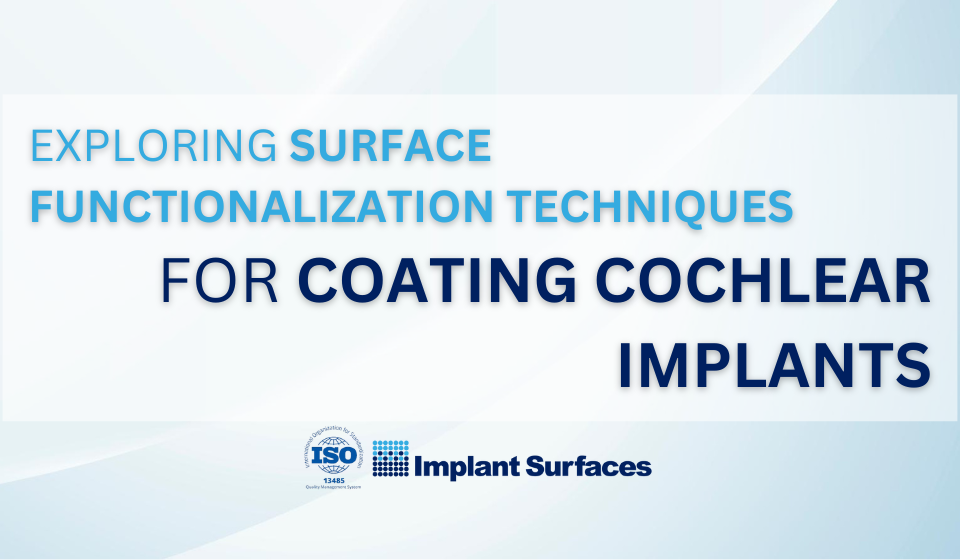
Unveiling the Role of Surface Microstructure in Controlling Bacterial Adhesion on Implants
May 11, 2024Hip resurfacing implants undergo significant wear and tear due to their frequent movement and load-bearing functions. To mitigate wear-related issues and enhance the longevity of these implants, surface modification strategies have emerged as a promising solution. These techniques aim to improve wear resistance by altering the surface properties of the implant materials.
One effective approach is the application of wear-resistant coatings, such as diamond-like carbon (DLC) or ceramic coatings, onto the implant surface. These coatings exhibit high hardness and low friction coefficients, providing a protective barrier against abrasive wear during hip joint movements. Additionally, they can enhance the implant’s biocompatibility and reduce the risk of adverse tissue reactions.
Another surface modification strategy involves optimizing the surface roughness of hip resurfacing implants. By precisely controlling the microtopography of the implant surface, manufacturers can promote lubrication and reduce frictional forces within the joint, thereby minimizing wear. Techniques such as polishing, shot peening, and laser surface texturing can be employed to achieve the desired surface roughness and improve the implant’s tribological properties.
Furthermore, advanced surface treatments, such as ion implantation and plasma nitriding, can be utilized to modify the chemical composition and structure of the implant surface. These treatments introduce compressive residual stresses and create a hardened surface layer, which enhances the implant’s resistance to wear and fatigue failure. Additionally, they can improve the implant’s corrosion resistance, ensuring long-term performance in the demanding hip joint environment.
Incorporating wear-resistant materials, optimizing surface roughness, and employing advanced surface treatments are integral aspects of surface modification strategies aimed at enhancing the wear resistance of hip resurfacing implants. By effectively addressing wear-related concerns, these strategies contribute to the longevity and reliability of hip implants, ultimately improving patient outcomes and quality of life.




